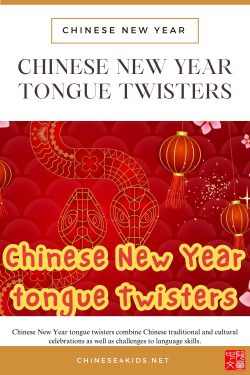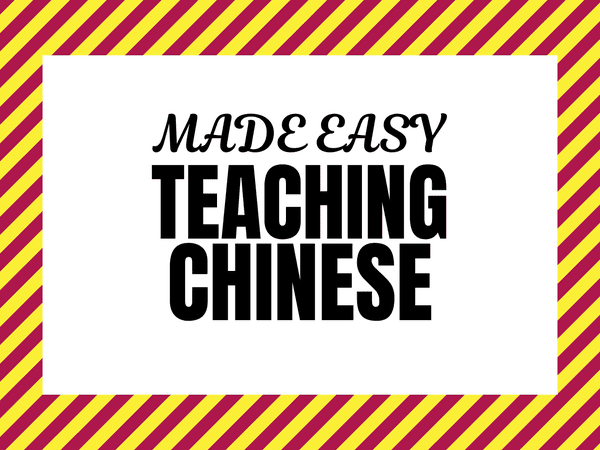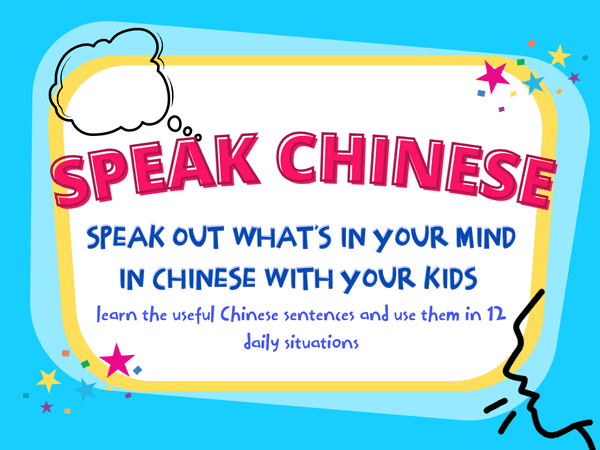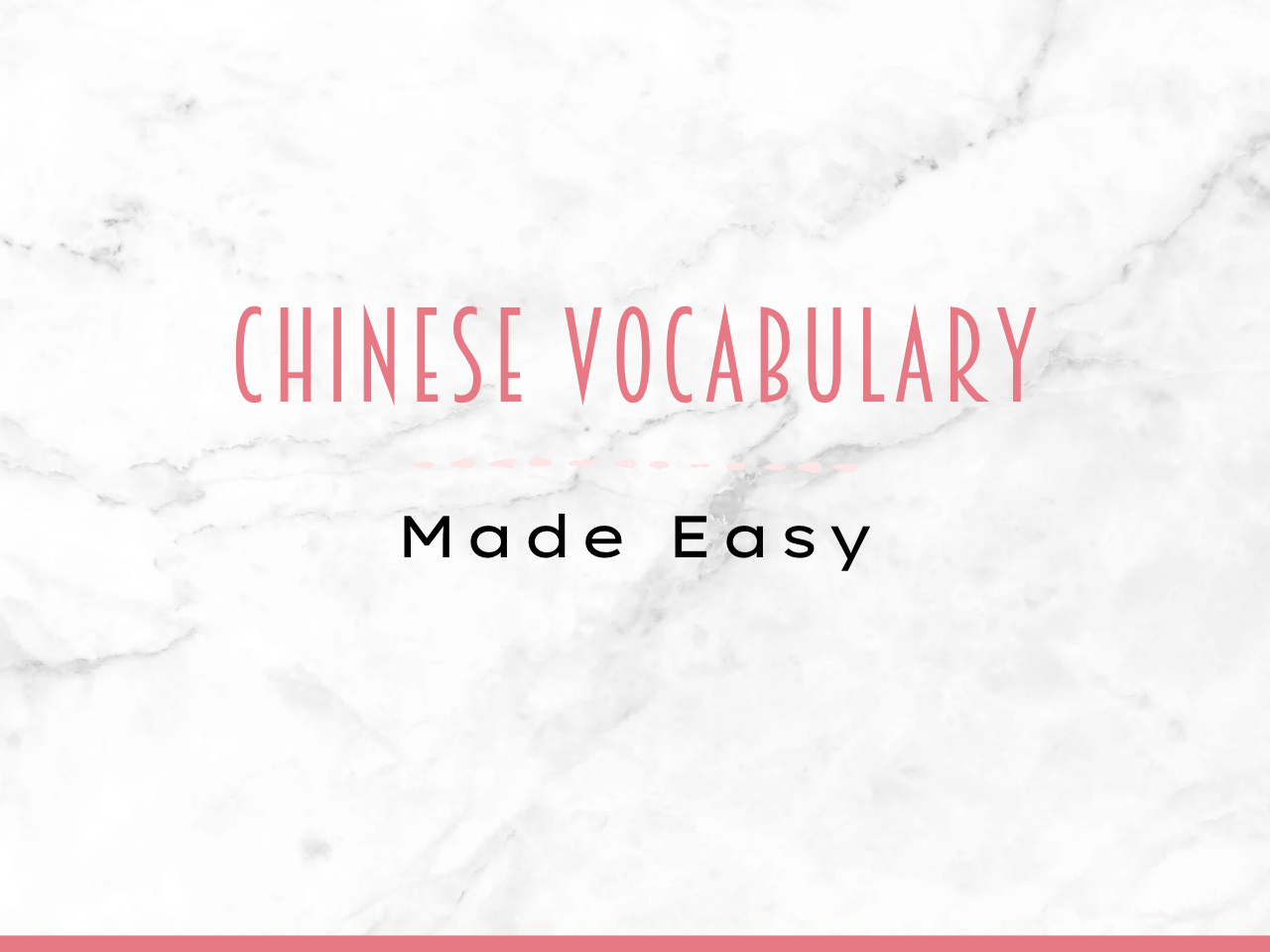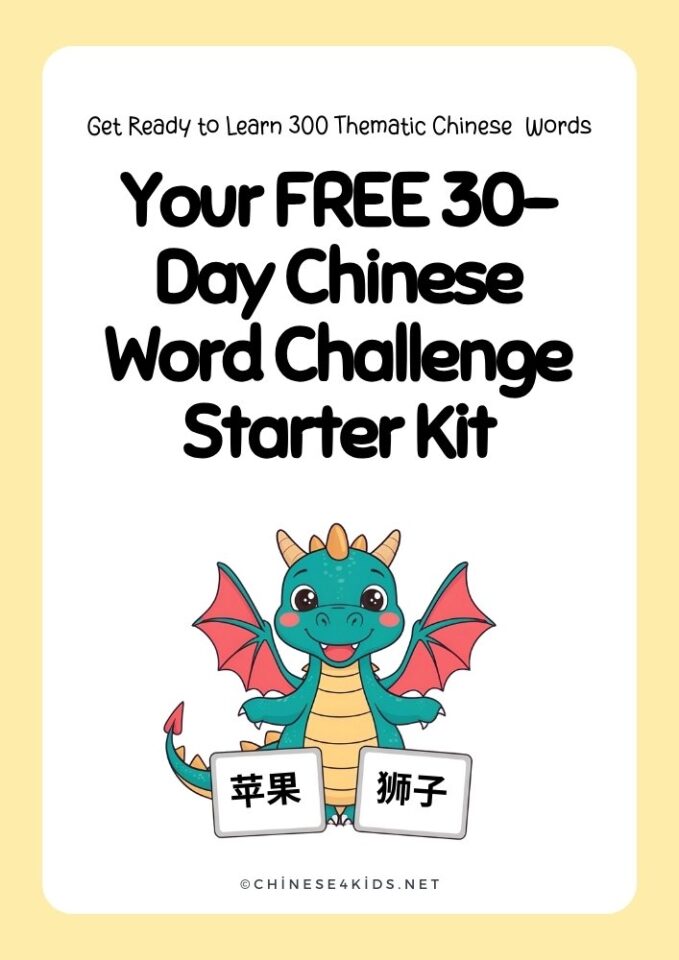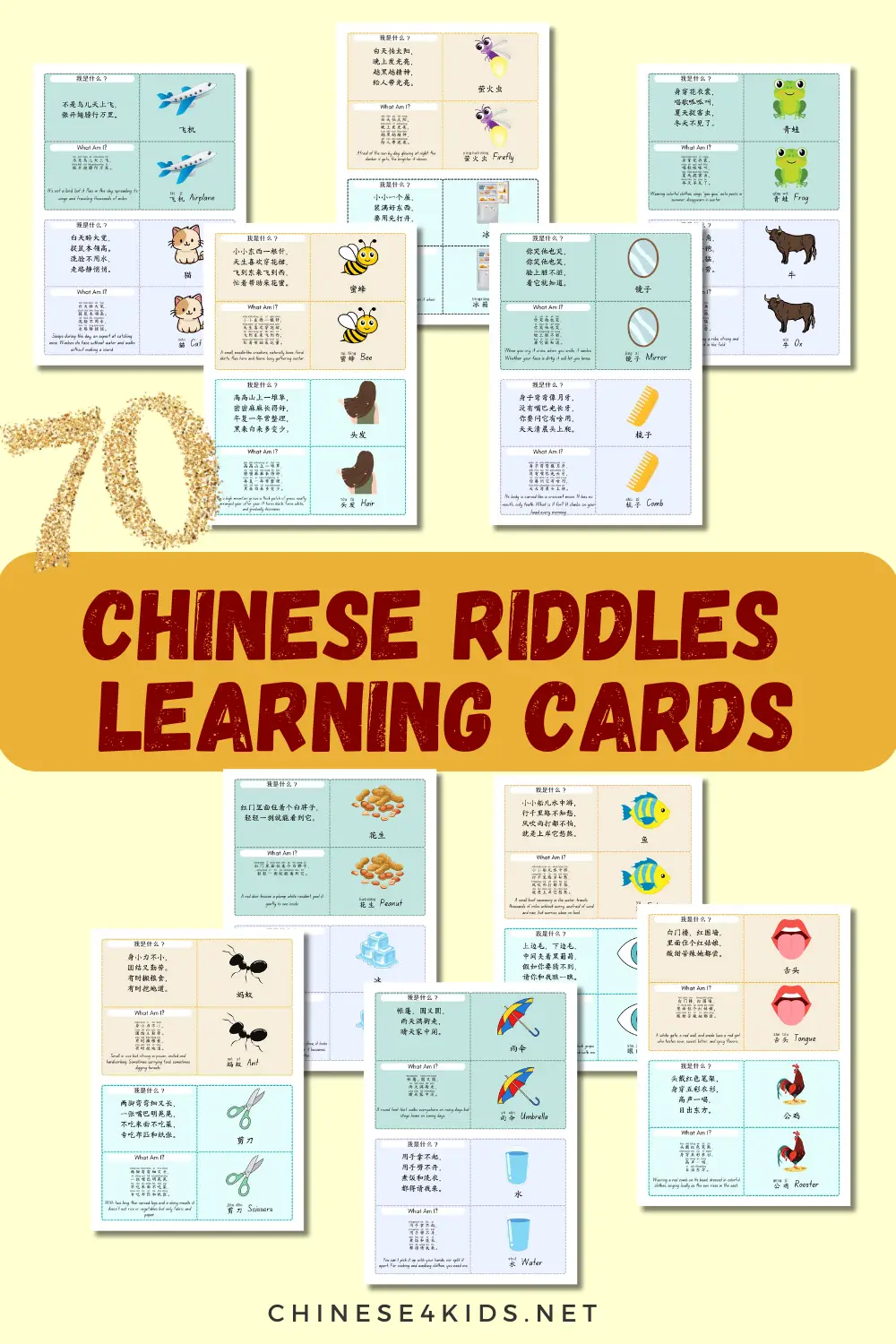
Home » Chinese learning activities for kids » Chinese New Year Tongue Twisters: A Festive Language Delight
Chinese New Year Tongue Twisters: A Festive Language Delight
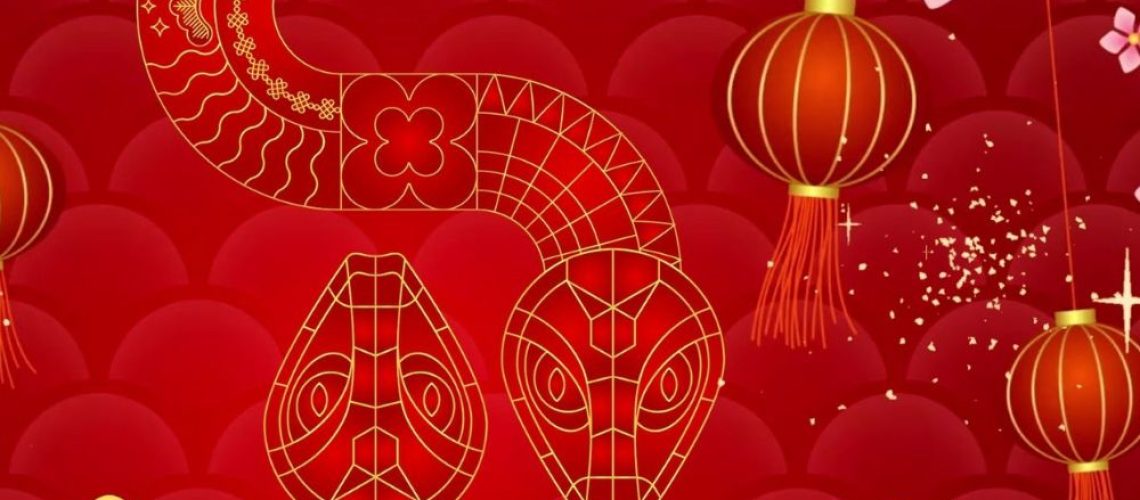
Chinese New Year is the most important festival for Chinese people, with numerous traditions. Among all learning activities (Chinese New Year vocabulary, nursery rhymes, craft activities), another activity that combines both traditional celebration and a touch of fun and challenges to language skills is the recitation of tongue twisters. There are some fun tongue twisters about general Chinese New year. And as the Year of the Snake approaches, let’s have a look at some that incorporate the snake element, making them even more special for this upcoming year of the snake too.
General Chinese New Year Tongue – Twisters
1. 写福字 (Xiě Fú Zì – Writing the Character ‘Fu’)
房胡子,
黄胡子,
新年到了写福字。
不知道房胡子的福字写得好,
还是黄胡子的福字写得好。Fáng hú zi,
Huáng hú zi,
xīn nián dào le xiě fú zì。
Bù zhī dào fáng hú zi de fú zì xiě de hǎo,
hái shì huáng hú zi de fú zì xiě de hǎo。Mr. Fang with a beard and Mr. Huang with a beard.
When the New Year comes,
they write the character “Fu”.
I don’t know if Mr. Fang’s “Fu” character is written better
or Mr. Huang’s “Fu” character is written better.
In Chinese culture, writing and pasting the character “福” (fú, meaning good fortune, happiness) is a significant New Year tradition. This tongue – twister focuses on this custom. For pronunciation, pay attention to the initial consonants of “房 (Fáng)” and “黄 (Huáng)”, which are different. Also, the repeated “福字 (fú zì)” can help learners practice the pronunciation of this important New Year – related term.
2. 糊灯笼 (Hú Dēng Long – Pasting Lanterns)
红红糊红粉灯笼,
芬芬糊粉红灯笼。
红红糊完红粉灯笼糊粉红灯笼,
芬芬糊完粉红灯笼糊红粉灯笼。Hóng hóng hú hóng fěn dēng long,
Fēn fēn hú fěn hóng dēng long。
Hóng hóng hú wán hóng fěn dēng long hú fěn hóng dēng long,
Fēn fēn hú wán fěn hóng dēng long hú hóng fěn dēng long。Honghong is pasting red – and – pink lanterns,
and Fenfen is pasting pink – and – red lanterns.
After Honghong finishes pasting red – and – pink lanterns,
she starts pasting pink – and – red lanterns.
After Fenfen finishes pasting pink – and – red lanterns,
she begins pasting red – and – pink lanterns.
Hanging lanterns is a classic Chinese New Year activity. This tongue – twister emphasizes the action of “糊 (hú, to paste)” lanterns. The key is to distinguish between the two color – lantern combinations and pronounce the repeated phrases accurately. It also gives a sense of the festive and busy atmosphere of lantern – making during the New Year.
3. 新年到 (Xīn Nián Dào – The New Year Arrives)
新年到,新年到,
丫头要花,小子要炮。
老头儿要顶新毡帽,老婆儿要件新棉袄。
恭喜发财,红包拿来。
正月正,万象新,
贴春联,穿新衣。
吃饺子,放鞭炮,
去拜年,懂礼貌。
尊老爱幼有人夸,压岁钱可别乱花。Xīn nián dào, xīn nián dào,
yā tou yào huā, xiǎo zi yào pào。
Lǎo tóu er yào dǐng xīn zhān mào, lǎo pó er yào jiàn xīn mián ǎo。
Gōng xǐ fā cái, hóng bāo ná lái。
Zhēng yuè zhèng, wàn xiàng xīn,
tiē chūn lián, chuān xīn yī。
Chī jiǎo zi, fàng biān pào,
qù bài nián, dǒng lǐ mào。
Zūn lǎo ài yòu yǒu rén kuā, yā suì qián kě bié luàn huā。The New Year is coming, the New Year is coming.
Girls want flowers, and boys want firecrackers.
Old men want new felt hats, and old women want new cotton – padded jackets.
Wish you prosperity! Hand out the red envelopes!
On the first day of the first lunar month, everything takes on a new look.
We paste Spring Festival couplets, put on new clothes.
We eat dumplings, set off firecrackers,
pay New Year’s visits, and mind our manners.
Those who respect the elderly and care for the young will be praised.
Don’t squander your lucky money.
Explanation**: This tongue – twister comprehensively depicts the Chinese New Year scene. It covers the wishes of different family members, traditional New Year customs like pasting Spring Festival couplets, wearing new clothes, and setting off firecrackers. For pronunciation, be aware of the different tones in words like “炮 (pào, firecracker)” and “花 (huā, flower)”. Culturally, it reflects the joy, expectations, and values associated with Chinese New Year, such as respect for the elderly and proper use of lucky money.
4. 拜年吉祥话 (Bài Nián Jí Xiáng Huà – Auspicious New Year Greetings)
新年到,去拜年,
爷爷奶奶在眼前。
恭祝爷爷身体健,福如东海寿比山。
恭祝奶奶笑开颜,吉祥如意又一年。Xīn nián dào, qù bài nián,
yé ye nǎi nai zài yǎn qián。
Gōng zhù yé ye shēn tǐ jiàn, fú rú dōng hǎi shòu bǐ shān。
Gōng zhù nǎi nai xiào kāi yán, jí xiáng rú yì yòu yì nián。The New Year arrives, and we go to pay New Year’s greetings.
Grandpa and Grandma are right in front of us.
We sincerely wish Grandpa good health, with blessings as vast as the East Sea and a long life.
We sincerely wish Grandma a smiling face, and may every year be filled with good luck and happiness.
Paying New Year’s visits and giving auspicious greetings is an important part of Chinese New Year. This tongue – twister is full of typical New Year blessings. Notice the pronunciation of phrases like “福如东海 (fú rú dōng hǎi)” and “寿比山 (shòu bǐ shān)”, which are common expressions for good wishes. It also helps learners understand the cultural practice of showing respect and love to elders during the New Year.
Year of the Snake – themed Tongue – Twisters
1. 蛇说十和四 (Shé Shuō Shí Hé Sì – The Snake Talks about Ten and Four)
蛇说十,鼠说四,
不知是蛇说的十对,
还是鼠说的四对。Shé shuō shí, shǔ shuō sì,
Bù zhī shì shé shuō de shí duì,
hái shì shǔ shuō de sì duì.The snake says “ten”, the mouse says “four”.
I don’t know if what the snake says “ten” is correct,
or if what the mouse says “four” is correct.
This tongue – twister is designed to help learners distinguish between the pronunciation of “shí (ten)” and “sì (four)”. The “sh” in “shí” is a retroflex sound, while “sì” has a dental fricative sound. The use of “蛇 (shé, snake)” ties it to the Year of the Snake. Culturally, it can be seen as a light – hearted way to incorporate the zodiac animal into language learning.
2. 蛇与绳 (Shé Yǔ Shéng – The Snake and the Rope)
蛇遇绳,绳绕蛇,
蛇怕绳,绳缠蛇。
分不清是蛇缠绳,还是绳缠蛇。Shé yù shéng, shéng rào shé,
Shé pà shéng, shéng chán shé.
Fēn bù qīng shì shé chán shéng, hái shì shéng chán shé.The snake meets the rope, the rope winds around the snake.
The snake is afraid of the rope, the rope coils around the snake.
It’s hard to tell if it’s the snake coiling around the rope, or the rope coiling around the snake.
Here, pay attention to the pronunciation of “shé (snake)”, “shéng (rope)”, “rào (wind around)”, and “chán (coil around)”. The repeated and similar – sounding words create a challenging yet fun rhythm. From a cultural perspective, snakes are often associated with various symbolic meanings in Chinese culture, and this tongue – twister plays with the interaction between a snake and a rope, adding an element of imagination.
3. 画蛇 (Huà Shé – Drawing a Snake)
我画蛇,你画蛇,
我画蛇身,你画蛇头。
看看谁画的蛇最像蛇。Wǒ huà shé, nǐ huà shé,
Wǒ huà shé shēn, nǐ huà shé tóu.
Kàn kàn shuí huà de shé zuì xiàng shé.I draw a snake, you draw a snake.
I draw the snake’s body, you draw the snake’s head.
Let’s see whose drawn snake looks most like a snake.
This tongue – twister focuses on the repeated pronunciation of “shé (snake)”. Along with words like “画 (huà, draw)”, “身 (shēn, body)”, and “头 (tóu, head)”, it helps beginners practice basic Chinese words related to the snake. Culturally, the image of drawing a snake is simple and relatable, and it can also be linked to the well – known Chinese idiom “画蛇添足 (huà shé tiān zú, adding feet to a snake after drawing it, meaning doing something unnecessary)”.
4. 蛇和石 (Shé Hé Shí – The Snake and the Stone)
蛇过石,石碰蛇,
蛇躲石,石拦蛇。
到底是蛇怕石,还是石怕蛇。Shé guò shí, shí pèng shé,
Shé duǒ shí, shí lán shé.
Dào dǐ shì shé pà shí, hái shì shí pà shé.The snake crosses the stone, the stone bumps into the snake.
The snake dodges the stone, the stone blocks the snake.
Ultimately, is it the snake that’s afraid of the stone, or the stone that’s afraid of the snake?
This tongue – twister requires careful pronunciation of “shé (snake)”, “shí (stone)”, “guò (cross)”, “pèng (bump into)”, “duǒ (dodge)”, and “lán (block)”. The back – and – forth interaction between the snake and the stone creates a vivid scenario. In Chinese culture, both snakes and stones can have symbolic connotations, and this tongue – twister uses their interaction to create a fun language – learning piece.
Chinese New Year tongue – twisters offer a unique and enjoyable way to immerse oneself in the rich tapestry of Chinese language and culture. Whether they are general New Year – themed or specifically related to the Year of the Snake, each tongue – twister is a linguistic gem.
First off, they’re super useful for nailing down your pronunciation. Remember how we struggled with some sounds? Well, these tongue – twisters are the perfect drill. Just take it slow at the start. For example, in “蛇说十和四”, really focus on getting the difference between “shí” and “sì” right. And don’t be shy to record yourself. Play it back, and you’ll be surprised at how much you can improve just by comparing to a native speaker’s recording.
Then, there’s the cultural side of things. Each of these tongue – twisters is like a tiny window into Chinese culture. When you recite “写福字”, you’re not just saying words; you’re learning about the huge importance of the “福” character during Chinese New Year. It’s all about good luck and blessings! Understanding these cultural bits makes the language come alive.
And here’s the best part – use these during the Chinese New Year celebrations! Imagine you’re at a gathering with Chinese – speaking friends or at a local New Year event. Pull out one of these tongue – twisters. It can be a great ice – breaker. You can have a friendly competition to see who can say it the fastest without a hitch. It’ll not only be a lot of fun but also help you bond with others while getting more comfortable with the language. So, go ahead and make the most of these tongue – twisters during the Chinese New Year!
If you like this post, share it
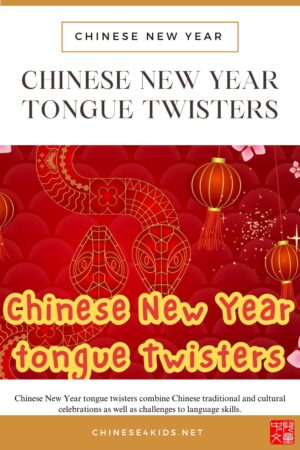
You May Also Be Interested:
- Chinese4kids Membership – a portal for busy Chinese teachers and parents
- Chinese learning flashcards Hive – a flashcards library that with regular additions of new quality Chinese learning flashcards
- Chinese learning worksheets collection – Also a part of Chinese4kids membership, this collection is for teachers and parents who want to have access to engaging worksheets and activity sheets created for kids learning Mandarin Chinese as an additional language
- Speak Chinese with Kids Course
- Chinese Vocabulary Made Easy Course
Recent Posts
Join Our Membership
Enroll to A Course
Buy An eBOOK
Our Posts
